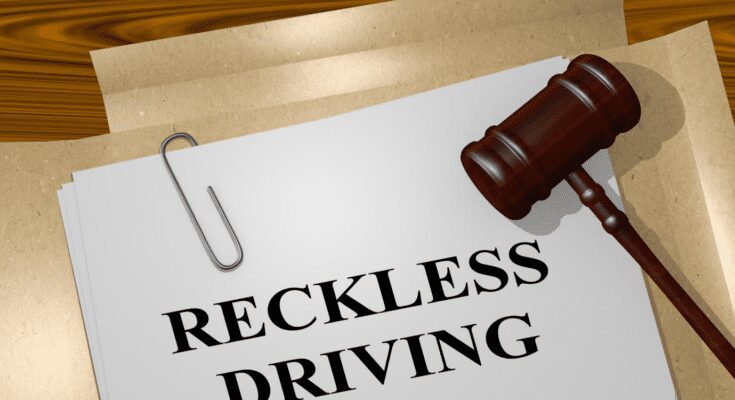Have you ever wondered whether you’re at fault for an accident on the road? Or have you asked what could happen to you if you’re officially deemed a negligent driver? Gripping as it may be, the answers to these questions lay right below the surface.
Driving is complex, and many factors contribute to driver and passenger safety. But, here are a few situations where you may be considered a negligent driver and charged accordingly.
1. Speeding and Driving While Distracted
But, you may be considered negligent if you are speeding or driving while distracted. Speed limits are in place to protect other drivers and pedestrians on the roadway. But those who choose to exceed these limits disregard this safety.
Similarly, driving while distracted (texting, talking on the phone, or engaging in any other distracting behavior) compromises the safety of other drivers. Moreover, it suggests a lack of responsibility on the driver’s part.
2. Driving While Fatigued
Drowsy driving is when a driver operates a motor vehicle while experiencing a lack of alertness or feeling sleepy. Common signs of fatigue while driving includes:
- delayed reaction times
- decreased awareness of surroundings
- impaired decision-making skills
- memory difficulties
- reduced concentration
- increased perceived risk of crashing
Driver negligence may also be liable for any damages caused and could face severe consequences in civil court. To protect yourself and others, drivers should always get at least six hours of restful sleep before getting behind the wheel.
3. Failing to Obey Traffic Signals and Signs
For instance, if you ignore a stop sign, a car accident occurs. You could argue that the driver failed to exercise reasonable care while driving and is a car accident liability.
Additionally, if a driver decides to run a red light, this could create a hazardous situation. They potentially put other drivers and pedestrians in danger, providing grounds for a negligent driving claim.
4. Failing to Use Signals in Lane Changes
This behavior can lead to both property damage and serious personal injury due to a crash. Also, negligent drivers put themselves, their passengers, and other motorists in potential harm by not correctly signaling their intention to change directions.
Additionally, inadequate signaling can confuse vehicles in adjacent lanes, making it difficult for them to adjust in anticipation of your maneuver. By failing to signal, negligent drivers lead to potentially unnecessary risks that simple and systematic signaling efforts can prevent.
Also, an individual may face civil penalties and increased auto insurance rates. Read more here to learn more about the specifics and penalties of negligent driving.
5. Reckless or Aggressive Behavior
Any combination of these unsafe, reckless driving behaviors can put you and other drivers in danger and lead to costly fines, license suspension, and even jail time.
Suppose you violate negligent driving laws, in that case, you may be required to take a particular driving class or attend an alcohol or drug awareness education program and pay extra court fees.
Signs Where You May Be Considered a Negligent Driver
In conclusion, driving safely and responsibly is the best way to avoid where you may be considered a negligent driver. Losing focus on the road and taking unnecessary risks can lead to an accident that puts you and other drivers in danger. Be aware of your safety and those around you to ensure everyone can reach their destination safely and responsibly.
Need more legal advice? Keep reading our blog for more helpful information!



